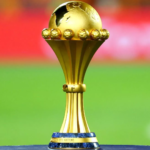The Africa Cup of Nations 2023 was undeniably a success. Ivory Coast was all about Africa’s football heritage, culture, beauty, passion, and most importantly, the ability to host (and win) a successful tournament that could rival European football – the gold standard of football competitions.
Euro 2024 did just that, living up to expectations, and delivering electrifying action throughout with Spain emerging as the unbeaten winner of the recently concluded football showpiece.
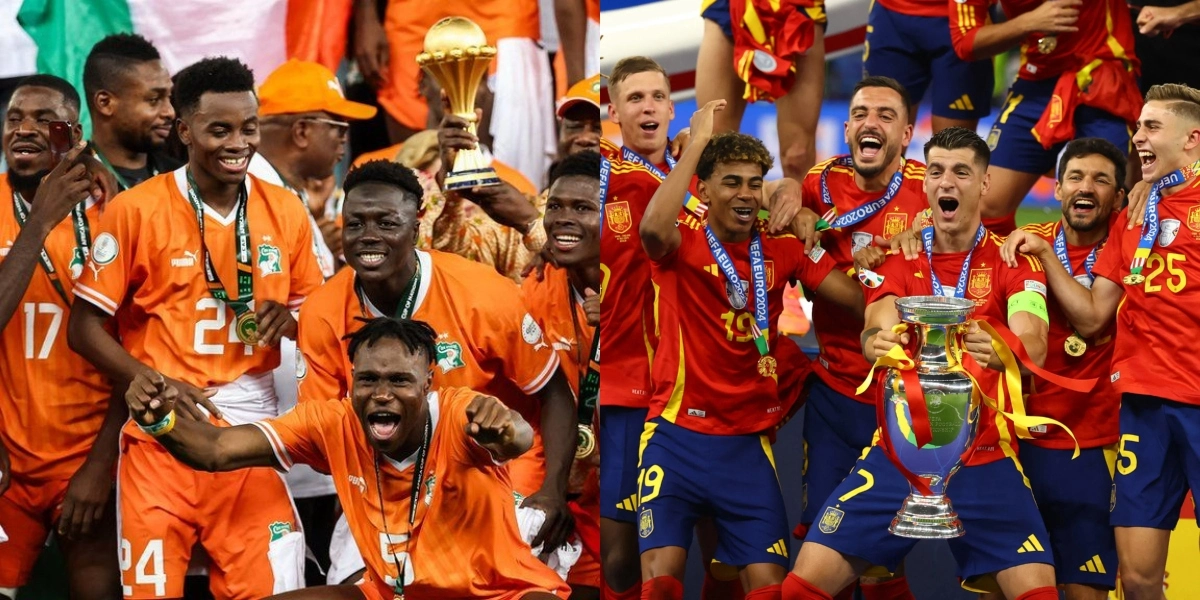
So what sets the continental football competitions apart? Prize money is the one thing that sets the Euros head and shoulders above the rest.
Before we move forward, let’s analyze the numbers involved as we explore the difference between the two continental tournaments.
One interesting observation here is that the Afcon champion receives $7 million (Ksh 914m) while the Euros champion gets $8.7 (1.1b)million) which is fairly close.
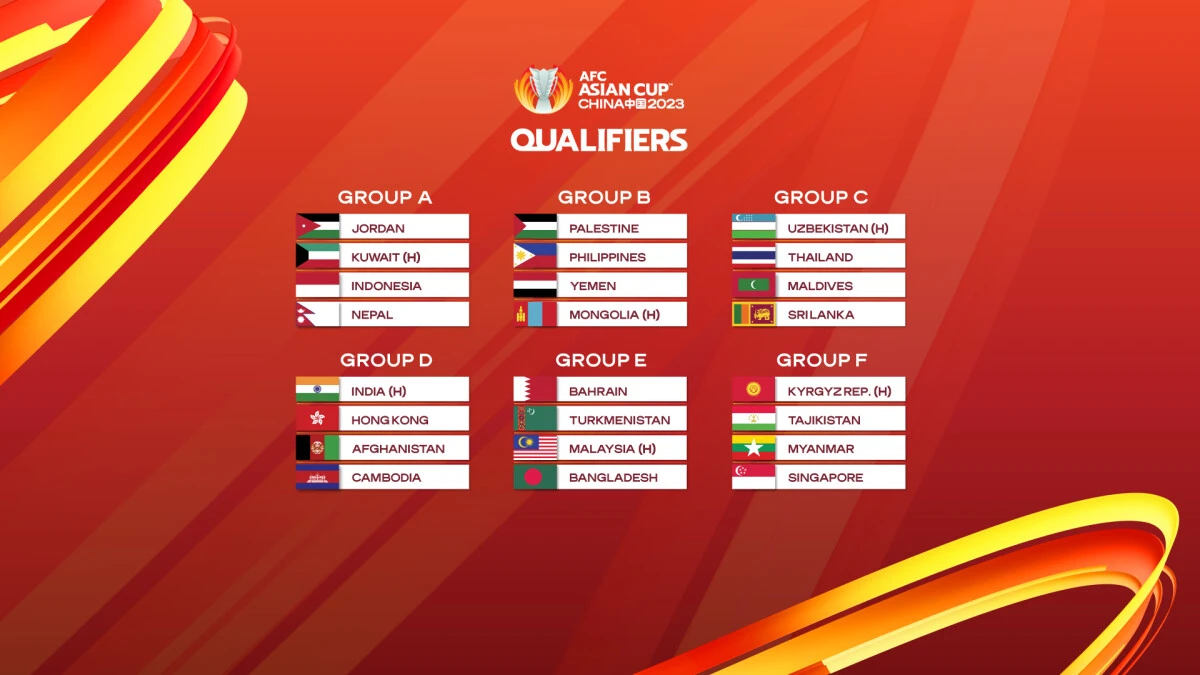
The glaring difference lies in the total prize money. Afcon 2023 amounted to approximately $32 (Ksh 4.1b) million up from $26.5 million, while the Euros came to around $361 million (Ksh 47b).
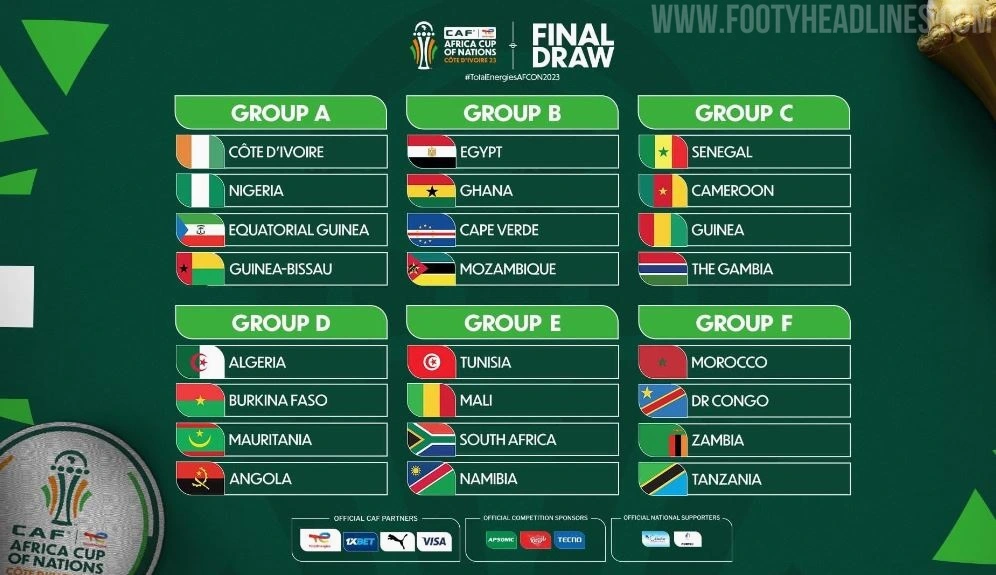
Bonuses aside, Copa America 2024 Champions Argentina received the highest prize money with $16 million (Ksh 2.1b), while the Asian Cup 2023 champions, Qatar, received $5 million (Ksh 652.6m), the lowest prize money.
READ: Afcon Quarter Finals: Who’s in, Prize Money, Preview, Analysis
The total prize money for the Afcon 2023 is $32 million (CAF), which is a significant boost from the previous edition in 2021, which had a total prize money of $26.5 million (Ksh 3.4b) — a 40 per cent increase from the prize money earned by Senegal, the previous tournament’s winner.
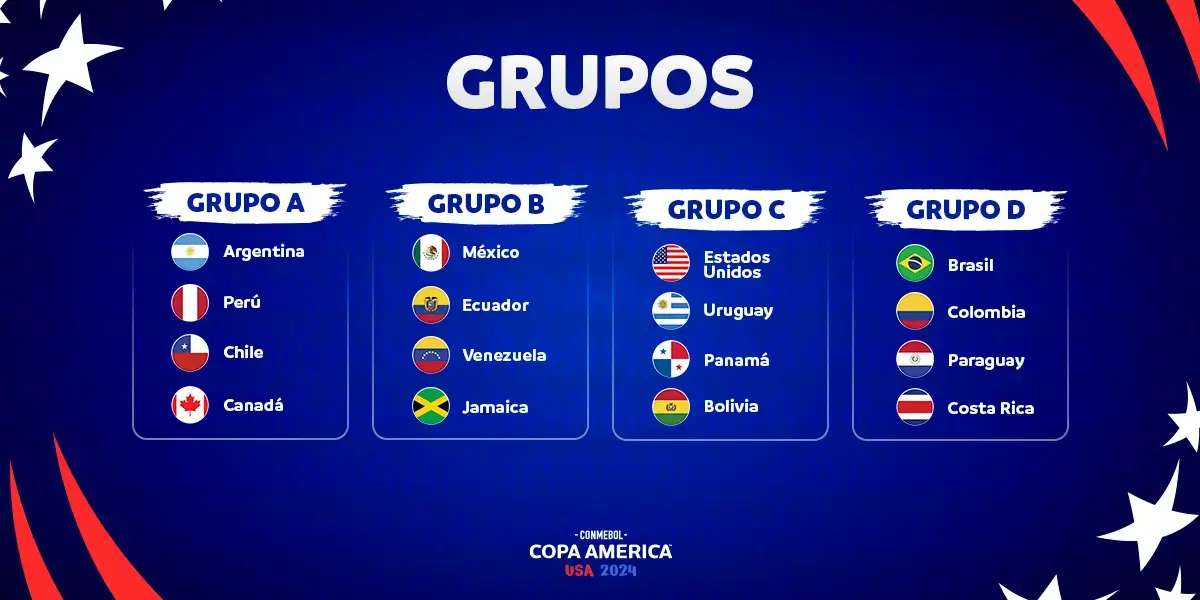
The runner-up received $4 million. Each of the two semi-finalists received $2.5 million, and each of the four quarter-finalists received $1.3 million.
England’s total earnings of $26.5 million included $10.1 million for participating, $4.4 million for reaching the semi-finals, and an additional $5.5 million (Ksh 718m)as runners-up.
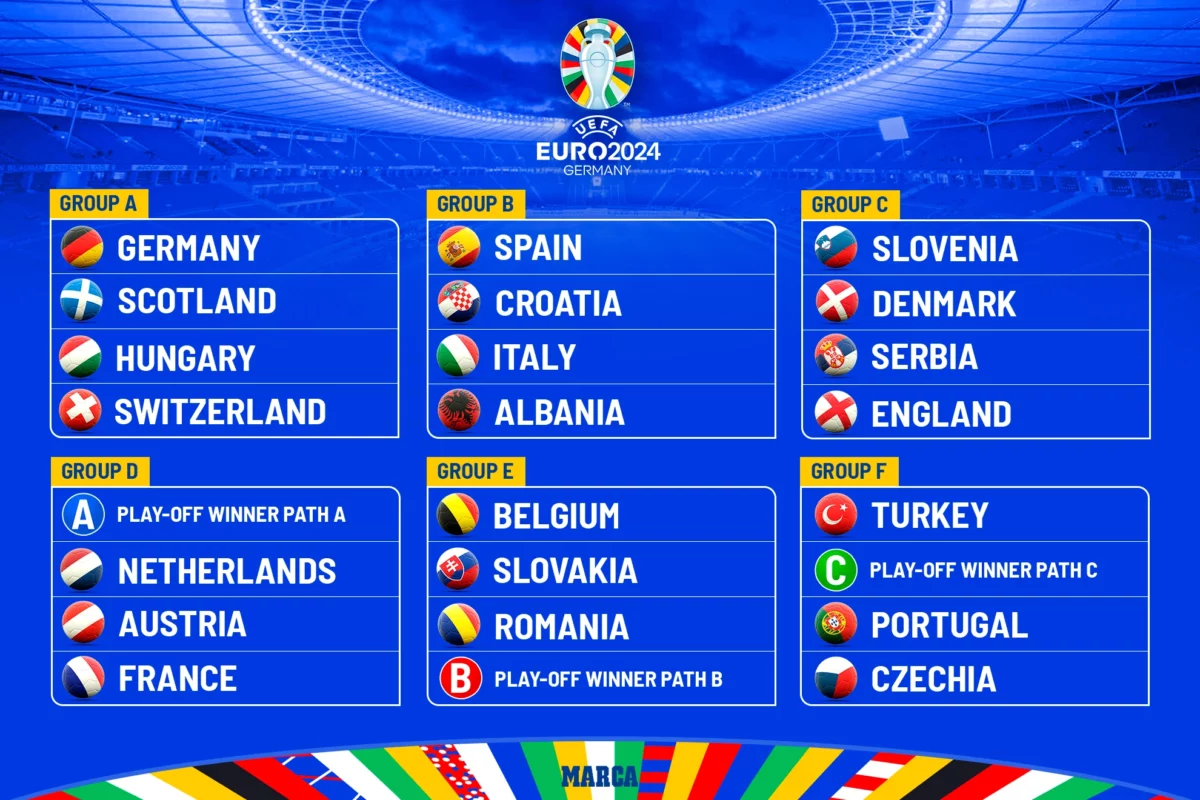
Spain, having won all their seven matches, accumulated an extra $8.7 million on top of their initial rewards, bringing their total to $29.7 million.
Euro 2024 stands out with the highest total prize money, indicating its larger financial magnitude compared to the other tournaments. The disparities in prize money among these tournaments highlight varying levels of financial investment and commercialization in regional football competitions.
Euro 2024 Revenue Sources
Television and Other Media
The European Championship is extremely popular and features numerous exceptional players. It garners significant worldwide interest, making it highly valuable for TV stations and websites.
The sale of broadcasting rights for live TV and online streaming generates the majority of revenue for Euro 2024. It is anticipated that the broadcasting rights for Euro 2024 will exceed the $1.2 billion (Ksh 157b) (generated from Euro 2020.
Global Sponsorships
The widespread appeal of the Euro is a significant factor in attracting major revenue from sponsorships. By allowing organizations to reach millions of fans and spectators, the tournament attracts some of the world’s largest companies and brands. Alipay+, Booking.com, Coca-Cola, and Unilever are among the leading global sponsors of Euro 2024.
Ticket Sales, Hospitality, and Licensing
Demand for the more than 2.5 million Euro 2024 match tickets has been substantial, with sell-outs expected at all ten host stadiums in Germany. The revenue from ticket sales and hospitality helps cover the expenses of hosting the tournament.
The sale of licensing rights to companies for official tournament merchandise also serves as a significant source of income. Whether watching the matches in stadiums or at home, fans also support Euro by purchasing various branded products, including the tournament program, sticker albums, clothing, and memorabilia.
Euro 2024, being the largest and most financially lucrative, offered more substantial rewards across all stages compared to Afcon 2023, Copa America 2024, and Asian Cup 2023.
These differences underscore the global football landscape’s economic diversity and the competitive challenges faced by different football confederations in attracting talent and hosting successful tournaments.














